My Turn: Let’s leave miracle of trees well enough alone
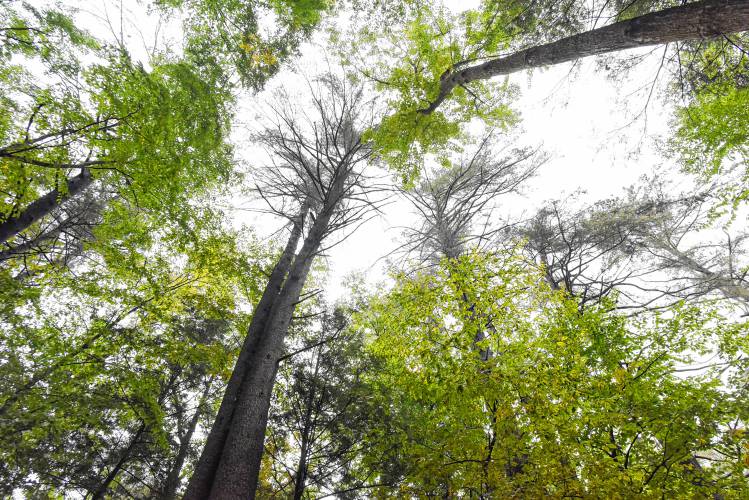
A towering grove of white pine trees in the Mohawk Trail State Forest. STAFF FILE PHOTO/PAUL FRANZ
| Published: 04-17-2024 5:30 PM |
At the moment, most trees are still biding their time, shyly staying curled and safe in bud wraps for now. A few days ago that seemed very wise as we woke to a landscape whitened by an April snowstorm. But in just days we will witness the wonderful exuberance of bud-break, the powerful energy of rejuvenation exemplified by the trees around us. This is a moment of renewal, exhilaration, and promise each year.
The astonishing biochemistry that allows trees to leaf out is also the process that makes trees one of our most powerful solar devices, with trees converting sunlight into living energy, and absorbing tremendous amounts of carbon dioxide as they synthesize their own food. Trees keep us breathing by supplying oxygen and at the same time absorb 30% of the carbon we generate, not just through breathing but all sorts of manufacturing and fuel consumption.
The moment when trees leaf out again is a moment to appreciate not just inherent beauty but barely visible yet phenomenal natural processes that sustain life on earth.
As a fitting prelude to this coming shift, I recently heard William Moomaw, professor emeritus of the Tufts Center for International Environment and Resource Policy. Professor Moomaw has had a lengthy career of researching the connection between climate change and forests. As a lead author of five reports for the IPCC (Intergovernmental Panel on Climate Change), Moomaw has broadened our understanding of the climate crisis and has daringly and fearlessly proposed some astoundingly simple approaches to reducing carbon: Leave our trees to grow.
With careful analysis, Professor Moomaw has determined that while younger trees grow faster, the amount of carbon already stored and still to be stored by trees in “middle age” is far greater. As a paper published in Sciencedirect.com states, “In the near term of 20-40 years, reducing harvest [of trees] will yield the greatest reduction in greenhouse gases compared with business as usual.”
If we destroy this natural carbon-management system, we simply do not have enough time to wait for new young trees to do the job. Clinging to our old view of trees and forests as commodities intended for harvest has wasted time and reduced flexibility in our response to the threat of global warming.
Now we have a climate crisis requiring urgent, immediate action. A recent study by the Harvard Forest and the Massachusetts Audubon Society provides convincing corroboration. (Check out their video presentation “Growing Solar — Protecting Nature” posted on the Harvard Forest website.) Older trees continue to absorb carbon through their full lifetimes and hold increasing amounts as they age. Cutting these trees down is plain foolish.
Article continues after...
Yesterday's Most Read Articles
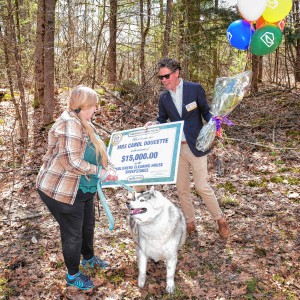 Carol Doucette of Royalston receives $15,000 from Publishers Clearing House
Carol Doucette of Royalston receives $15,000 from Publishers Clearing House
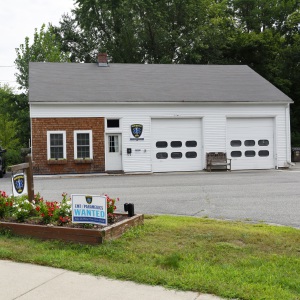 State documents show Northfield EMS chief’s paramedic license suspended over failure to transport infant
State documents show Northfield EMS chief’s paramedic license suspended over failure to transport infant
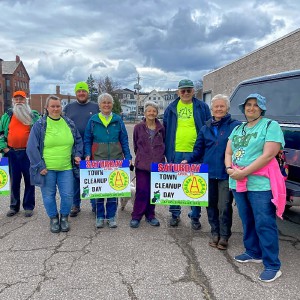 Athol town-wide cleanup deemed ‘a huge success’ by organizers
Athol town-wide cleanup deemed ‘a huge success’ by organizers
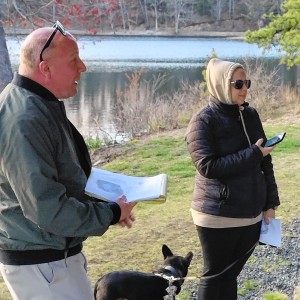 Plan calls for upgrades to Silver Lake in Athol
Plan calls for upgrades to Silver Lake in Athol
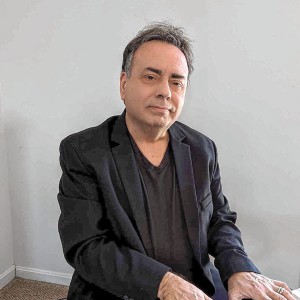 North Quabbin Notes, April 27
North Quabbin Notes, April 27
 What are the protocols for emergency transport of infants?
What are the protocols for emergency transport of infants?
We face the challenge of retooling rusty practices of “forest management” long entangled with the profit-focused lumber and wood products industry. When solar companies propose cutting forest to generate “clean energy” it is argued as a win-win — new solar plus the value of the harvested timber. Missing from the calculation is the value of carbon storage, current and future, in older trees, essentially irreplaceable in the next 50 years, at a time when we must act on a five- to 10-year timeline.
As uncomfortable as it is, we must discontinue incentives for burning wood in any form. Some people will always heat with wood, and some trees will always need to be removed for safety or other unavoidable conditions, but this should not be our default approach to trees and their wood.
Professor Moomaw believes our forests are better thought of not as a “natural resource,” but as a vital organ. Trees are sometimes likened to our lungs, but they are also like our livers — capable of regeneration, but if you kept “harvesting” portions of the liver repeatedly, the system will fail. Moomaw advocates “reforestation” or adding trees back to the landscapes cut over in the past, and even “afforestation” or adding trees to places that have not recently been forested.
Each time we plant a tree, I feel a small moment of peace. Just the other day I moved four tiny self-seeded treelets from our strawberry beds into pots. If we are lucky they will be available for successful transplant soon.
In so many ways this feels like the most magical time of year — regenerative, opening, refreshing. Moomaw calls the trees “solar-powered miracles.” As we witness leaf-break this year, let’s acknowledge the miracle unfolding before our eyes and do our utmost to steward these neighbors so essential to our survival.
Judy Wagner is a member of the Northfield Tree Team, which launched the Tree50th project — 50 new trees along Main Street in recognition of Northfield’s 350th anniversary in 2023.

